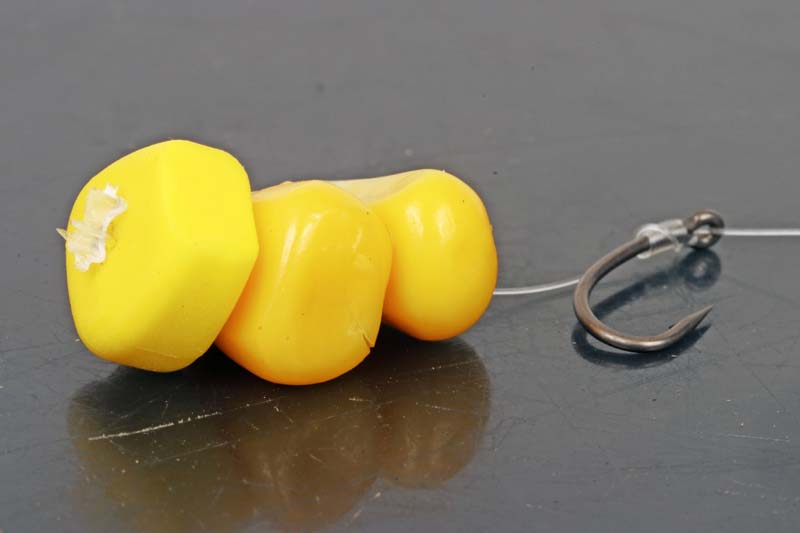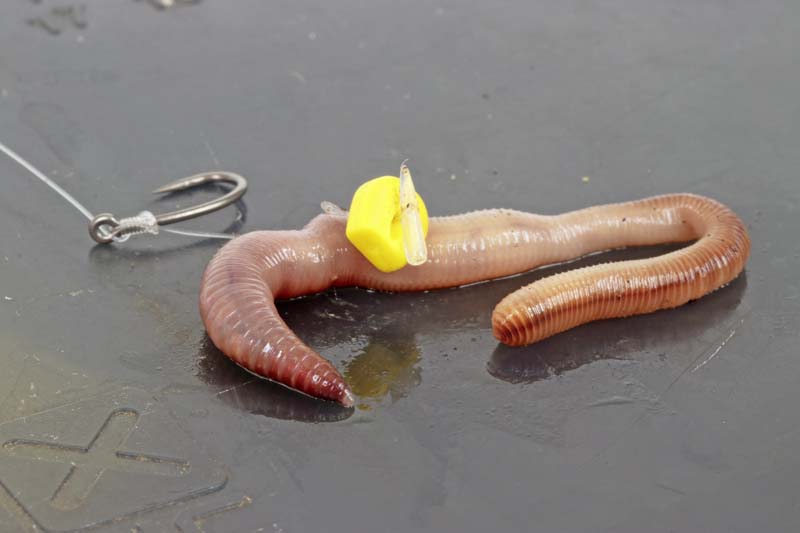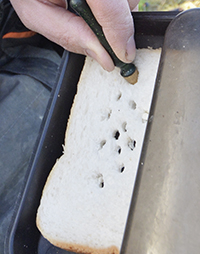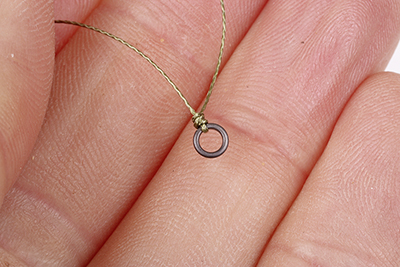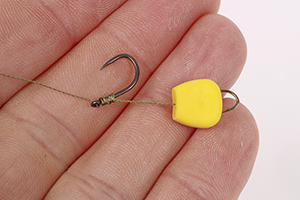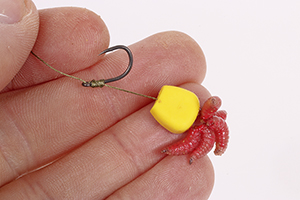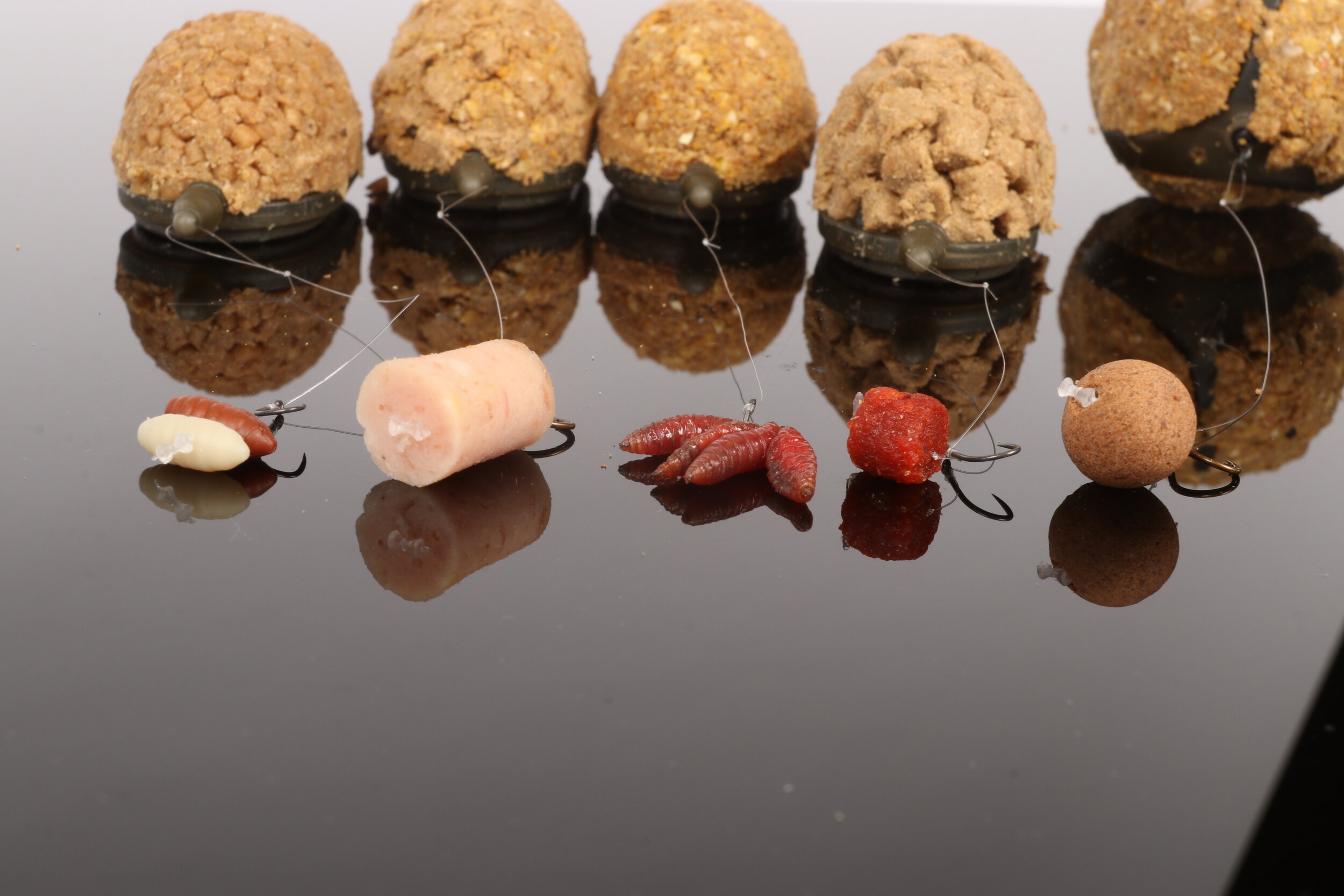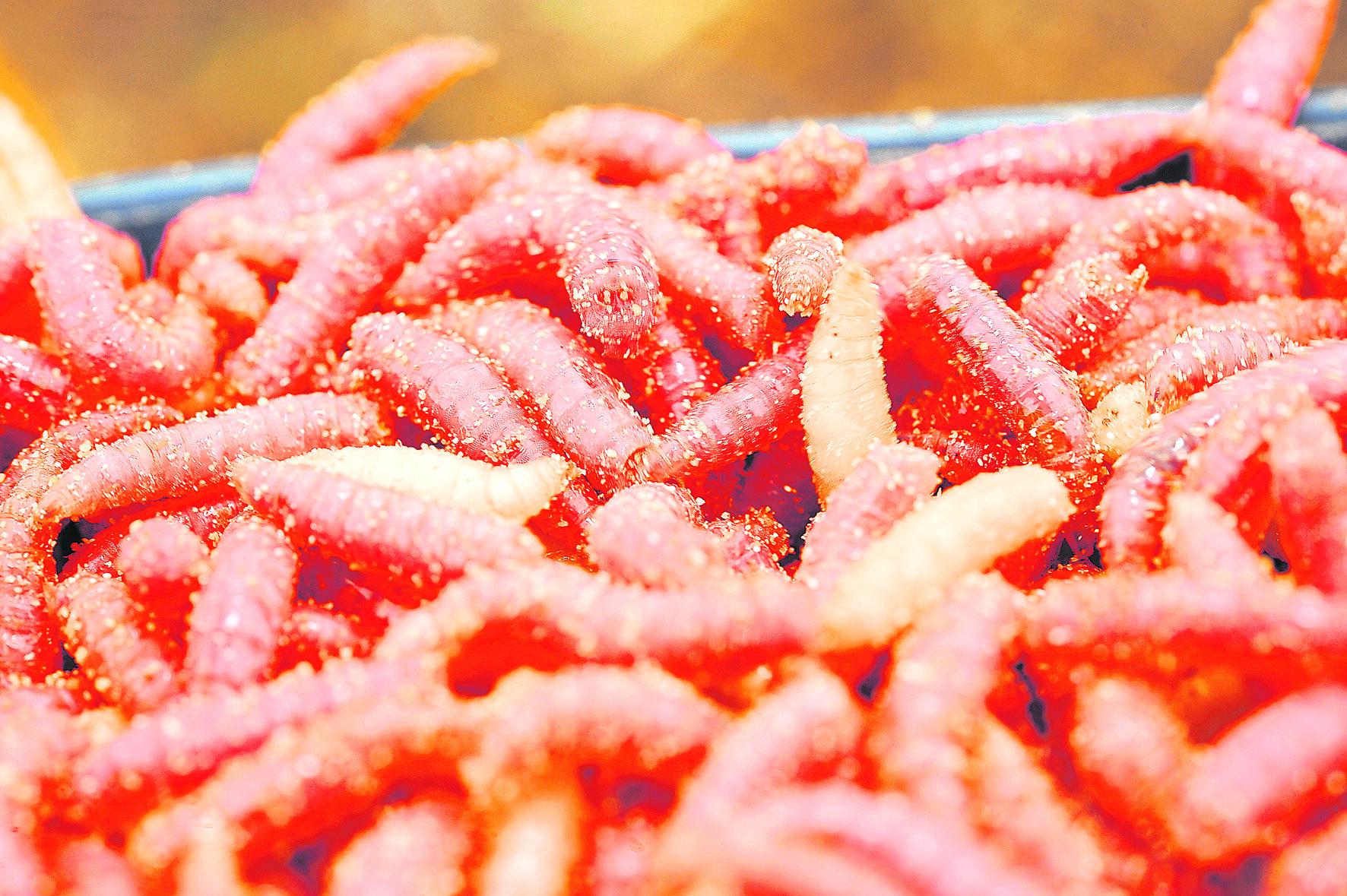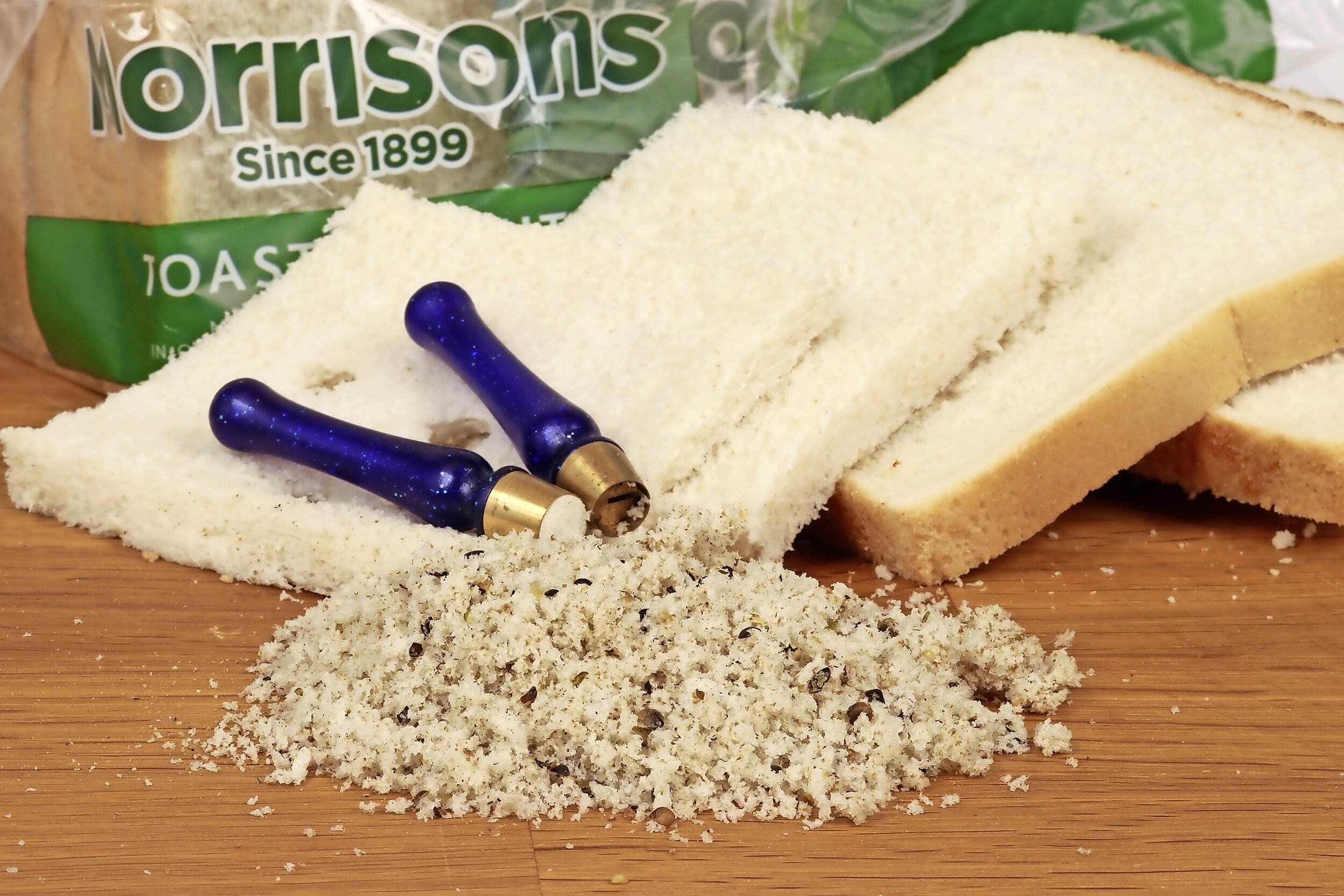Best lures for pike fishing
With predator season upon us it’s time to dust off your lure box and get back out there. To help you choose the right lures for you next pike fishing session we have gone to our weekly columnist Paul Garner to get his opinion on what lures you should be taking out on your next session.
Lure fishing is exploding in the UK right now, as many anglers discover the joys of casting artificial baits for a wide range of predatory fish.
On my local canal you are now likely to find just as many anglers drop shotting for perch with small lures as you are fishing the pole.
Head to the coast, and piers and jetties are frequented by anglers targeting a myriad of different marine species with their LRF (Light Rock Fishing) gear, armed to the teeth with soft plastics.
All fish are predatory to some degree and I have seen bream, barbel and even dace caught fair and square on small lures, so there really is something for everyone.
For me, though, nothing beats fishing for big pike with lures and that electric feeling that signals a ‘hit’ from a big predator just can’t be beaten.
CHEAP AND RELIABLE
I am an avid collector of lures, but increasingly I find soft plastics dominating my tackle box.
These deceptively simple rubber fish-shaped baits come in a wide range of different outlines and sizes, but they all work in much the same way.
You can buy soft plastics either pre-rigged, or as bare lures that enable you to rig them just the way you like. Best of all, they are among the cheapest lures you can buy, making this a great way to get into lure fishing for pike.
Pre-rigged lures are the ideal place to start, as these will be rigged for optimal performance.
Once you have learnt how to use these, swap over to rigging your own so you are able to fine-tune your presentation. Go for lures in the 6ins/16cm range, as these will be the easiest to cast and will catch pike of all sizes.
SLOW AND STEADY
There is absolutely no need for any complicated retrieves with soft plastics. You simply let them sink to the desired depth and reel them in! The odd pause to let the lure sink back down will also often bring a bite, as the change in speed triggers a pike that is following the lure to take it – but ‘slow and steady’ is my mantra.
To keep the lure working in the right depth zone use one gram of weight per foot of depth.
So, on rivers and canals I use 5g lures, on lakes around 10g, and on deep reservoirs anything up to 30g.
A really useful skill to practise is counting the lure down until it hits the bottom, which you can feel as a distinct bump.
Once you know how long it takes for the lure to reach the deck, you can count it down to any depth you want very easily.
Try to mix up the depths that you are fishing at. Some days the pike will prefer a lure presented just beneath the surface, while on others they want it right on the bottom.
These simple soft plastics really are very effective, and will catch plenty of zander and big perch as well as pike if you scale down the size a little.
Why not give these popular lures a go this autumn?
Five amazing baits for summer bream
Want to land a big net of specimen bream this summer? Then check out these great bait tips for bream from bait expert Paul Garner as he has put together the ultimate list of bream baits to help you catch more now.
For more great tips from top anglers head to this year’s The Big One Show
Every summer I try to put together a good catch of bream.
This could come from a river or a stillwater, as both types of venue can contain shoals of slabs averaging 5lb and upwards.
My tactics are simple, but effective. The Method feeder is my first choice, loaded with a groundbait mix that won’t break the bank.
A lot of rubbish gets talked about how much bait you need to catch bream. Sure, a shoal can number dozens, if not hundreds, of fish, but remember – you are trying to catch them, not feed them! My experience is that heavy baiting for bream can be counter-productive.
If the fish are following a patrol route then no amount of bait will persuade them to stop. Introduce too much and they will leave most of it, including your hookbait.
A couple of kilos of bait is more than adequate for a day or night session. The bulk of this will be groundbait, with a tin of sweetcorn and some pellets and mini-boilies thrown in for good measure. If I have some frozen maggots in the freezer they will go in too, but they are just the cherry on the cake and not essential.
CHEAP GROUNDBAIT MIXES
Bream do love fishmeal groundbaits, and a mix that contains plenty of crushed pellets will certainly do the trick.
It’s surprising how little fishmeal is needed in the mix to have an effect, though, so to cut costs I will use a 50-50 combination of groundbait and brown crumb, to bulk out the bait. Remember, though, that brown crumb does not bind particularly well, so this could well affect how much feed the groundbait can hold.
I use soaked flaked maize a lot. This resembles cornflakes in its dry state, because that is essentially what it is! When soaked it swells up and emits a milky haze with soft flakes that bream (and carp) really like.
I use molasses to flavour and sweeten the groundbait – I find it to be most effective for bream, and it’s cheap. You can buy it by the litre from animal feed shops.
Sweetcorn
Bream love corn. Its yellow colour and salty taste make it easy for them to locate and they will spend a lot of time eating every grain. This makes it a top hookbait too and I normally use two or three grains on a hair to make the hookbait stand out. Because this is a relatively soft bait, look for grains that are fully intact. Try combining two pieces of real corn with a buoyant flake bait to produce a brilliant wafter.
Mini-boilies
If I am night fishing then 12mm boilies will often be my hookbait of choice, simply because they are long-lasting and I can have total confidence that they will still be there come morning. For bream up to about 8lb I use a single 12mm bait, but for bigger specimens I find two 12mm baits brings more bites. Try a sweet flavour, such as Strawberry Crush.
Dead maggots
Live maggots can attract too much attention from small fish, even though they are a brilliant day-time bait. Switching to dead maggots both in your feed and on the hook can avoid this problem, as their lack of movement doesn’t attract as many small nuisance tiddlers. Try using a bunch of four maggots on a size 14 hook for best results.
Worms
Worms can be problematic if you are on a venue with a lot of small fish, but on a
low-stocked pit they can be very effective. Try to get hold of some small lobworms – no more than 4ins long. I like to hair-rig these, adding a piece of buoyant corn to not only give the bait some buoyancy, but also to act as a giant bait stop.
Pellets
Bream love pellets, especially high-oil halibut pellets, and two 10mm baits hair-rigged in tandem have caught me a lot of big bream. You can buy ready-drilled baits that are very easy to rig, but the hole can be a little too large for a normal bait stop. Try using a Quick Stop, or add a tiny square of elastic band before the stop.
Margin baits for shy biters
Tench and crucians are species synonymous with summer.
Crucians, in particular, are making a resurgence around the country and there is now a good chance that you will find some in a fishery close to you. Despite these two species preferring the warmth of summer they can be finicky feeders, thanks in part to the abundance of natural food.
Back in spring fairly crude tactics work well enough, but now a more measured approach is required.
Often, tell-tale knocks on the float will give away the presence of the fish, but hittable bites can be few and far between.
For more great tips from top anglers head to this year’s The Big One Show
MELT-IN-THE-MOUTH BAITS
Soft baits are definitely the way to slow down difficult-to-hit bites from both tench and crucians at this time of the year. I think a soft bait feels more natural, so the fish hang on to it that bit longer.
When the fish are feeding well the bites are sail-aways – the float simply buries as the fish moves on to the next bait.
There are a few soft baits that you can try. A small pinch of paste is one option, soft hooker pellets are another. Both these baits are easy to prepare, although you can buy them ready-made if you prefer. I like to prepare mine fresh to get the consistency just right.
Making my own bait also means that my feed will contain the same ingredients as the hookbait – a custom-matched pair.
GROUND PELLETS
I like to use pellet powder to make my paste. You can soften the whole 3mm pellets up by soaking them in water overnight, but to get a finer and more consistent bait, grind the pellets to a powder – it really makes a difference.
You can add other powdered ingredients to your pellet powder, such as krill or liver powder, to boost the paste.
A soft paste can be made by adding water to the pellet powder. You might find that this bait is a little too delicate and difficult to keep on the hook, so to overcome this, instead of using water to make your paste, trying using egg white instead. The albumen in egg white is a brilliant binder, and will transform the consistency of any paste.
Alternatively, add two tablespoonfuls of wheat gluten powder to a pint of ground pellets and mix with water. The gluten acts as a binder by forming strings of protein in the paste, making it soft but much longer-lasting.
GROUNDBAIT PASTE
If I am using pellet paste I will feed nuggets of the same and fish with a piece about the size of a grain of corn. The smaller the bait, generally the better the bites, but this has to be balanced against using robust tackle, especially hooks no smaller than a size 14.
Groundbait paste is another option, especially if you want to lay down more of a carpet of fine feed and fish a matching bait over the top. You can make groundbait paste using egg white or gluten.
Dynamite’s Swim Stim Green is a perennial favourite of mine for this tactic, once again with a small amount of krill powder added.
HOOKABLE PELLETS
When big fish are in the swim I like my hooker pellets to be slightly more robust than normal.
This comes down to confidence, as often the float will dip and bob as fish bump the line. I want to ensure that the hookbait is still secure and that I can leave the float out until I get a proper bite.
Jelly pellets are ideal for this style of fishing, having that extra robustness that I crave. As the name suggests, these are much more rubbery pellets, made by adding some gelatine to the liquid used to pump the pellets ,which then sets to a jelly-like consistency.
Of course, because I am pumping the pellets I have the option to add extra liquid attractors, and will generally use a small amount of sweet flavour, such as Scopex No.1, to counteract the slightly bitter taste of the gelatine.
You can use larger pellets, but I have found 6mm baits to be perfect for both tench and crucians at this time of the year, with a noticeable drop-off in the number of bites when bigger baits are used. Rather than introduce too many baits at the start, I prefer to drip-feed pellets a pinch at a time, adjusting the feed rate depending on the number of bites.
Unlike carp, which will come up in the water to intercept pellets fed this way, leading to line bites and foul-hooked fish, tench and crucians will tend to stay on the bottom to feed.
Best bait for fishing in cold water
Are you struggling to catch in cold conditions? Well we got onto Guru backed Pemb Wrighting to tell us what bait is best to use when fishing in cold water. Take a look below at what he had to say.
Deadly bait
“Bread is absolutely brilliant in cold and clear water, and it is particularly effective when roach and skimmers are your target on lakes or canals.
“Its bright white colour means it stands out, and its lack of weight means it is easy for lethargic fish to suck up.
“Two loaves of bread are all you need for one session – the first has the crusts cut off and is put through a blender at home to create a fine loosefeed.
“The second is for the hookbait. I find that the cheapest loaf you can get your hands on is fine for the feed, using something a little tackier such as Warburton’s Toastie for the hook so that it stays on while shipping out and when waiting for a bite.”
Feeding regime
“A little-and-often feeding policy is usually adopted at this time of year, but when bread fishing is on the agenda things are a little different.
“I prefer to introduce a ball of bread the size of an orange at the start, and then only top up when the bites dry up.
“This concentrates the fish in one spot and they tend to remain over the top of the loosefeed until it has all been hoovered up.
“When bites slow down, introduce a nugget the size of a table tennis ball. The fish won’t be far away so not quite as much feed will kick-start things again.”
Delicate rigs
“Silver fish can be really finicky feeders, and if you use a float that isn’t dotted down enough or the tip is too thick you’ll miss an awful lot of bites.
“My favourite pattern for bread fishing is a Colmic Jolly. This has a rugby ball-shaped body, a carbon stem and a very fine tip. In water up to 4ft deep I will use a 4x12, stepping up to a 4x14 in anything deeper, or if it is windy.
“Light terminal tackle is also important and I use 0.11mm Guru N-Gauge mainline to a 0.08mm Guru Pure Fluorocarbon hooklength and a size 20 Guru Pole Special hook.
“These new hooks have the perfect shape for keeping 4mm punch on, and are extremely sharp, so you won’t lose any fish as you’re shipping in.”
Carp fishing with PVA bags
Using a PVA bag when carp fishing has become a very popular tactic for most carp angler's. However there are many ways in which PVA can be used when carp fishing below we will explain some of the best ways you can present your bait while fishing with PVA.
PVA (Poly-Vinyl Alcohol) is a water-soluble substance that can be made into solid sheets, tape and string, or woven to create a continuous mesh-type stocking.
Once in the water, the PVA will dissolve to leave a neat pile of freebies around your hook. Feed introduced in PVA traditionally needed to be completely dry, but ‘PVA-friendly’ oil-based liquids are now available, and won’t melt the PVA on the bank.
What to feed in PVA
The usual advice is to use only dry feed in PVA. However, ‘wet’ baits such as particles and nuts can be used if some dry groundbait, boilie base mix or salt is added.
Pellets are probably the most common filler for PVA bags and are first choice at this time of year.
Try using a brightly coloured pop-up boilie over the top of a small pile of PVA-introduced pellets and your chance of a carp will be good!
Another way to feed ‘wet’ baits is to coat the inside of a solid bag with an oil-based PVA-friendly liquid, then add the damp bait.
String
The traditional way to use PVA, but one that has gone out of fashion recently, PVA string is used to create a ‘stringer’. A number of baits – usually bottom bait boilies are threaded on to the string, which is then attached to your hook.
Rig foam
Although not made from PVA, these melting foam chunks have similar qualities and are used to prevent hookbaits from sinking into a soft, silty lake bed. Being buoyant, they hold the hook off the bottom before dissolving. They also help prevent tangles when using a long hair.
Solid bags
These can be filled with all manner of freebies, regardless of the size of bait used, just as long as the loosefeed is dry or any liquid is PVA-friendly. They should be prepared in advance for convenience, and pierced after tying to remove any trapped air.
Mesh bags
The most popular use for PVA, and easy to tie thanks to stocking cylinder kits that are now available to buy from tackle shops. Mesh bags melt quickly and can be made in different sizes to suit the conditions on the day.
Dean Macey's Carp fishing tips
Former champion decathlete Dean Macey likes nothing more than to get down to his local lake for some early-spring carping. So here are some clever carp fishing tips to help him catch...
Small parcels
“My springtime mindset is all about small parcels of loosefeed, regularly fed all day, to keep the swim active.
“If you try to force the issue by feeding heavily at the start you might get one or two early fish but they don’t tend to settle at this time of year. Better to fish for one bite at a time, rather than try to empty the place from the off.
“If the swim is lifeless, I’ll add a bit more feed. Just a couple of catapults or small Spombs over the top will add fresh smell, make a noise and ring the dinner bell.”.
Zigs will catch!
“I never leave home without some gear for zig-rigging to fish from the bottom up. The fish are looking to feed after winter in preparation for spawning, so they tend to move quickly around the water, looking for easy meals.
“I look for ‘shows’ first – ideally fish crashing out rather than just lifting their heads and shoulders through the surface. This means they are moving around the water.
“Start at a two-thirds depth and offer your hookbait up or down to find the level at which fish are feeding.”
Use bait wisely
“Even if I’m zig-rigging, I’ll still put down a bed of loosefeed so I can fish a simple carp rig on the bottom later on.
“It’s easy to combine feed for zigging and bottom fishing. I use a Spod mix including hemp, 10mm Mainline Cell or New Grange boilies and enough liquidised bread and Mainline Cloud 9, mixed 50/50, until a thick porridge is formed.
“The Cloud 9 and liquidised bread form a cloud in the upper layers, great for zig fishing, while the hemp and boilies sink quickly, allowing me to fish effectively on the bottom with a second rod. The Cloud eventually sinks and forms a light covering on the deck.”
Feed & fish tight
“At this time of year, carp
tend to feed only in short spells, so make sure you are fishing effectively over your feed. I’ll use a Spomb to loosefeed, then place one rig right in the centre of the feed, and one on the edge.
“The bigger, more wary fish tend to hang off the bait which is why they are rarely caught.
“Just like a match angler when fishing the feeder, I’ll line up my swim with a permanent far-bank marker before tying line markers on to my mainline. These allow me to clip up so I’m able to hit the same spot, every cast.”
Simple rigs
“If the lake has a silty bed, which many do, my bottom rig will consist of 15ins of coated braid to aid presentation. I’ll add a small PVA bag of pellets which slows the rig’s descent and helps it to settle gently on the soft bottom.
“I also fish a size 6 hook, tied KD style where the hair comes off the hook just under the eye.
“With a heavy hook and a light hookbait, the hook point is always looking to drop down and find a latching point – as proved by the five fish I’ve caught today. All were nailed in the bottom lip, an inch down the throat.”
How to catch big barbel on spicy fishing baits
If you want to catch a really big barbel, now’s the ideal time. The fish will be fighting-fit and at their maximum weight. However picking a hookbait that will be able to attract such elusive specimens can be difficult. So check out this great and unique bait to help you catch big barbel right now! Follow Paul Garners steps below for the best results.
GO LARGE
I’m fishing at the most productive times of the day, when I expect the barbel to be feeding hardest, so I will stick to big baits – perhaps meat or boilies, but more commonly big lumps of paste moulded around a smaller boilie so I always have a bait on the hair.
I like a hard boilie as the core of my bait, not because I’m going to be leaving the rig in place for hours on end, but because pesky chub can easily remove a soft bait without you knowing it.
Underwater filming has shown just how often chub will attack a hookbait with hardly a tap on the rod top, especially when using the longer hooklengths common in barbel fishing.
My normal presentation is to use a 12mm boilie as the core of my hookbait and then wrap a lump of paste around this.
The finished hookbait ends up being about 20mm across, quite a substantial bait, but one that a barbel can eat with ease.
You can get an idea of how long the paste wrap will last by dropping a wrapped boilie into a glass of water. Remember, though, that small fish will often peck away at the paste and can demolish it much faster.
You can buy tubs of ready-mixed paste, often with the same attractors as in a finished boilie. These are a handy, albeit expensive, way of starting out with paste fishing.
However, I tend to make my own pastes, using boilie base mix with added spicy additives to boost their effectiveness. Not only is this a cheaper alternative to shop-bought boilies, but it means that I can play around with the additives.
TIKKA TONIGHT
The combination of curry and garlic is a proven barbel-catcher that will catch even when the water temperature is really low.
I use a ready-mixed Tikka paste, which combines all the ingredients that I want and is much easier to use than separate spices. Don’t be afraid to pump up the flavour at this time of the year. I will use a teaspoonful of Tikka paste to each egg used.
Also included is a teaspoonful of pungent anchovy paste to give the bait a fishy kick. Alternatively, why not add some flaked tuna to the paste to boost its fishy smell?
PRECISE FEED
Fishing each swim for a short period of time not only puts you in with a much better chance of locating a group of barbel, but is also a pleasant way to keep warm on an early spring day.
This is certainly active fishing, and I will drop half-a-dozen lumps of paste into a couple of spots that I intend to fish later in the day as a prebait for later on.
Be careful where you put the feed, though, as it can easily be washed away. I like to find swims with a pronounced crease and put the bait just on the slack water side of the swim.
There is no need to use more than just the hookbait when fishing in this way – in fact it might be counter-productive to introduce more bait when you are fishing. Rely on the pungent smell of this paste and you won’t go far wrong, in my opinion!
How to catch carp on maggots
In the winter months, catching big carp can be quite difficult as they seem to switch off from the usual feed of boilies and pellets and instead turn their heads towards more natural baits such as Maggots. Which is why knowing how to hook your maggots correctly and efficiently is crucial when it comes to catching more carp. Below are two ways of rigging your maggots the first way is via threading this when you thread maggots onto a hair rig creating a big ball of natural bait for the carp to feed on. The second way is to add corn to this mix as this gives off some colour that will help catch the eye of any passing carp.
We asked Nash backed Paul Garner to show us how to hook up these two rigs correctly when fishing for big carp.
Rigging maggots
Although maggots will catch the largest carp around, using such a small bait on strong tackle can be problematic. In open water you can simply scale down your rigs and use a bunch of maggots straight on the hook. I like to use a size 10 or even a 12 hook, as long it is a forged pattern that is quite thick in the wire.
Half-a-dozen grubs on a hook of this size is about right. I tend to hook the grubs through the head end, rather than the conventional way, as used this way they are less likely to mask the hook.
If you want to hair-rig maggots, there are several ways. A size 8 or 10 hook gives a secure hookhold.
Threaded: I use a fine sewing needle to load a bunch of maggots on to a piece of strong sewing thread and then tie this to a small rig ring attached to the hair.
This neat and simple method allows me to make the maggot baits as large or as small as I want with minimal fuss.
Maggot clip: Another simple alternative is to use a maggot clip loaded with grubs. Once again this is tied to the hair and then loaded with maggots. You can buy clips in several sizes to match the number of maggots you want to use as a hookbait. I tend to add a sliver of ring foam to the maggot clip to counterbalance its weight.
Corn and maggot: For a substantial hookbait, combine maggots with a grain of plastic corn. This rig incorporates a size 12 round bend hook tied to the end of the hair with the piece of plastic corn pulled over the point.
Three or four maggots are mounted on the small hook, the point of which is then pulled securely into the plastic corn.
The corn provides a visual slow-sinking hookbait, with the added benefit of the bunch of wriggling grubs. Fish this with a PVA stick.
HOW TO THREAD YOUR MAGGOTS
1) Thread six maggots on to a sewing needle, thick end first.
2) Slide the maggots off the needle and on to a length of sewing cotton.
3) Tie a small metal ring to the end of your hooklength to form the hair.
4) Slide on tubing and then tie on the hook itself, using a knotless knot.
5) Tie the threaded bunch of maggots on to the small metal ring.
6) The finished rig is very neat and all ready to catch you a winter carp.
CORN AND MAGGOT
1) Tie a size 12 hook to the hooklength and thread on a grain of plastic corn.
2) Tie on your main, unbaited hook using a standard knotless knot.
3) Hook five maggots on to the small size 12 hook with the corn above.
4) Attach the stick by hooking it through the dissolving foam.
Dr Paul Garner's 10-minute make | Sweetened pellets and bulk groundbait
The combination of sweet additives and fishmeal-based baits has revolutionised bream fishing, and both these can be incorporated into all your baits.
A couple of days before a bream session, put your pellets into a bait bucket and add two tablespoonfuls of molasses to each kilo of pellets. The sweet, sticky liquid will infuse the pellets, boosting their appeal.
Make up a 50:50 mix of brown crumb and fishmeal Method mix. Add a teaspoonful of salt per kilo.
Mix using water with two tablespoonfuls of molasses added to each pint of liquid.
Mix large amounts of groundbait in a sizeable bucket. A groundbait whisk speeds up the process.
Add boilie flake, corn and pellets. Chopped worm and dead maggots are useful additions too. The baits added to the mix will alter the consistency, so add them only when you are ready to introduce your feed.




